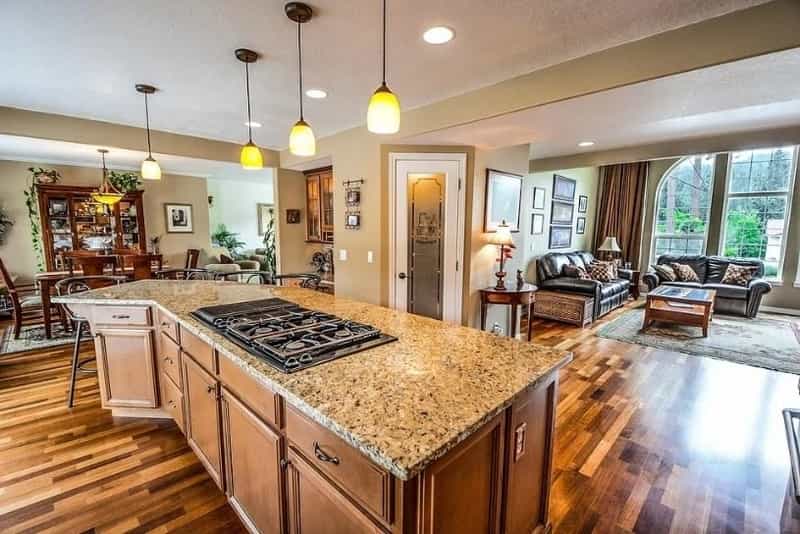When it comes to cooling our homes during the summer months, many of us regard air conditioning as an invaluable tool. There’s no denying that reliable AC can be a necessity at various points throughout the summer, but it doesn’t necessarily need to be your go-to cooling aid, especially when dealing with light to mid-range heat. Not only is around-the-clock AC bad for the environment, it’s not particularly good for your finances, either. As you’ll find, homeowners on the hunt for simple and cost-effective alternatives to air conditioning have a lot more options than they may realize.
Switching to Energy-Efficient Light Bulbs
For over two decades, we’ve been told that incandescent light bulbs were inefficient and outdated – and for good reason! Not only do incandescents have substantially shorter lifespans than energy-efficient bulbs, they also consume more energy. However, because incandescent bulbs come with slightly smaller price-tags than their more efficient counterparts, a staggering number of Americans continue to purchase them.
While it’s true that incandescents cost a little less up front, using them will cost you more in the long run. For starters, since they need to be replaced more often than energy-efficient bulbs, you’ll ultimately wind up spending more money on bulbs. Secondly, because incandescents consume more power, you can also expect to pay more in energy costs. Furthermore, continuing to use incandescent bulbs when affordable energy-efficient alternatives are readily available isn’t going to do any favors for your household’s carbon footprint.
However, unbeknownst to many people, there’s yet another reason to ditch incandescent bulbs – heat. Because they consume more power, incandescent bulbs generally burn much hotter than energy-efficient ones. Unsurprisingly, this stands to increase the temperature in any area of your home in which they’re installed. So, if you’re looking for cheap and effective ways to cool off the old homestead, replace any incandescent bulbs with energy-efficient ones. Yes, this is likely to cost you a tiny bit of money in the short term, but the long-term savings you’ll enjoy coupled with a cooler home should prove well worth the small expense.
Cooking Outside
Oven use stands to make your kitchen, as well as any areas in the immediate vicinity, uncomfortably warm. While this additional warmth can be convenient during the chilly winter months, it’s liable to prove downright aggravating throughout the summer. With this in mind, make an effort to keep oven use to a minimum during summertime, especially during daylight hours. If you absolutely insist on cooking indoors, take care to do so after the sun has gone down.
If cooking is among your foremost passions, not being able to use your oven as often as you’d like is liable to prove challenging. However, instead of viewing this as a bad thing, why not regard it as an opportunity to expand your culinary repertoire? For example, you may want to take this chance to experiment with delicious and health-conscious oven-free recipes. Additionally, since backyard barbecues are a summertime staple, this can be a great chance to become better-acquainted with your grill – or possibly even upgrade to a new one.
Installing Ceiling Fans
No home should be without dependable ceiling fans. Good ceiling fans should feature prominently in your summer cooling efforts, as they can work in tandem with AC systems or function as independent cooling aids. Installing ceiling fans in every area of your home will help ensure that cool air from your AC is evenly distributed throughout the entire house. Furthermore, if the temps in your area undergo a drop during the overnight hours, you may want to consider giving your AC a break at night by shutting off the air conditioning when the sun goes down, opening up some windows and allowing your ceiling fans to do the rest.
As an added bonus, ceiling fans are available in a variety of sizes. For example, if you’re looking to install one in a smaller area, start searching for a low profile ceiling fan.
Effectively cooling a home during the summer can be an arduous undertaking. This is particularly true in the case of homeowners who lack central AC – or air conditioning of any type. Furthermore, even if you do have a dependable AC system at your disposal, running it all summer long is liable to bleed you dry financially and increase your household’s carbon footprint. Fortunately, there are a number of simple DIY measures you can take to turn your home into an invigorating sanctuary from the relentless summertime heat.


